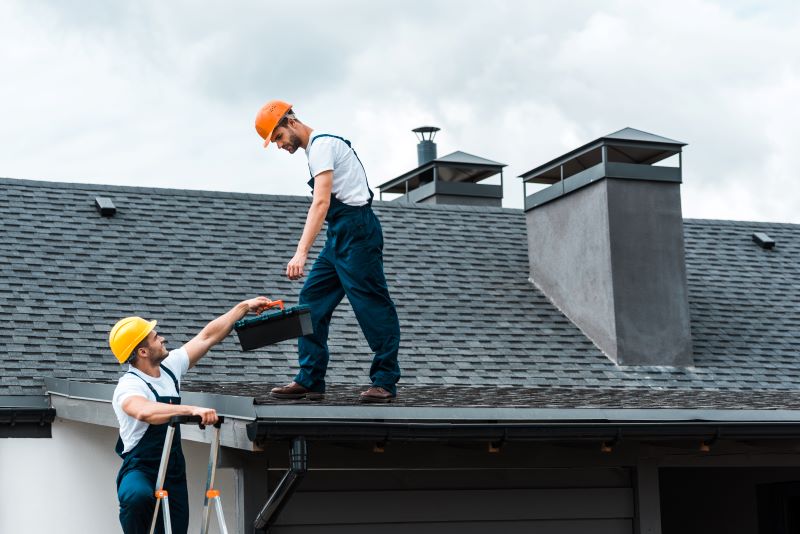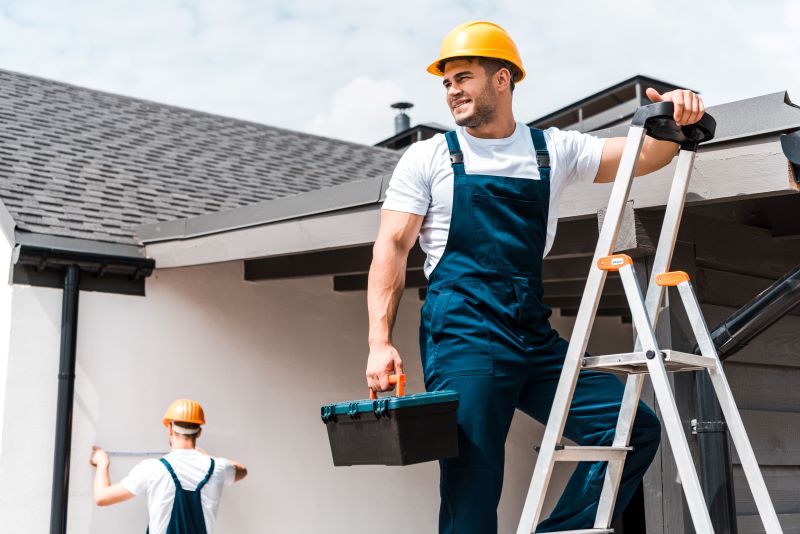Your roof is your home’s first line of defence against the elements — sun, wind, rain, and hail — and in Australia’s ever-changing climate, it works hard year-round. Yet, it’s often the last thing on a homeowner’s mind until something goes wrong. Roof issues can start small and quickly escalate, leading to costly damage if not addressed promptly.
This blog takes a closer look at the most common roof repair problems faced by Australian homeowners and how local roofing professionals fix them efficiently and safely.
1. Leaks and Water Damage
The Issue:
Leaking roofs are among the most frequent complaints. In many cases, leaks occur around chimneys, vents, skylights, flashing points, or valleys where water naturally pools. Cracked tiles, deteriorated flashing, or blocked gutters are common culprits. In heavy storms, even minor faults can quickly become major problems.
How Professionals Fix It:
Roofers conduct a full inspection to identify the leak’s source — often using thermal imaging or moisture detection tools. They’ll:
- Replace broken or missing tiles
- Reseal or replace flashing
- Clear gutters and downpipes
- Repair underlayment if water has seeped through
In some cases, internal ceiling damage may also require plastering or repainting once the leak is resolved.
2. Broken or Dislodged Roof Tiles
The Issue:
Australia’s harsh weather — especially hail and high winds — can crack or shift roof tiles, leaving your home exposed. Older tiled roofs may also suffer wear and tear due to age, leading to brittle tiles that crack easily.
How Professionals Fix It:
Qualified roofers will:
- Remove and replace broken tiles with matching ones
- Realign shifted tiles
- Check the surrounding area for hidden damage
It’s essential to match replacement tiles correctly to maintain both the aesthetic and structural integrity of the roof.
3. Blocked or Rusted Gutters and Downpipes
The Issue:
Gutters filled with leaves, debris, or nesting material can’t properly channel water away from your home. Overflowing gutters cause water to back up under your roofline, damaging fascia boards and causing leaks. In older homes, rusted or sagging gutters are also a concern.
How Professionals Fix It:
Roofing experts will:
- Clear all debris from gutters and downpipes
- Install gutter guards if necessary
- Repair or replace rusted or damaged sections
- Realign guttering to ensure proper drainage
Preventative maintenance — such as annual cleaning — can save you from major headaches down the line.
4. Deteriorated Roof Flashing
The Issue:
Flashing is the thin metal used to seal roof edges, chimneys, vents, and joints. Over time, flashing can corrode, crack, or come loose, especially in older homes or those with poor-quality previous repairs.
How Professionals Fix It:
Roofers will:
- Inspect all flashing points for signs of wear or improper sealing
- Reseal with roofing cement or replace with new metal flashing
- Use weather-resistant materials to improve longevity
Correct flashing installation is critical to preventing leaks in high-risk areas of the roof.
5. Roof Sagging or Structural Movement
The Issue:
A sagging roofline may indicate serious structural issues, such as water-damaged rafters, inadequate framing, or excessive weight on the roof (e.g. from water pooling or overbuilt extensions). Ignoring sagging can result in full roof collapse.
How Professionals Fix It:
Depending on the severity, professionals may:
- Replace damaged rafters or trusses
- Reinforce the roof structure with additional support
- Re-sheet and retile the roof where needed
- Improve drainage to prevent future pooling
This is not a DIY job — structural work should always be handled by licensed professionals.
6. Storm and Hail Damage
The Issue:
In many parts of Australia, especially in NSW and QLD, seasonal storms bring high winds, hail, and flying debris. These events can cause sudden, widespread roof damage that may not be immediately visible from the ground.
How Professionals Fix It:
After a storm, roofers offer:
- Emergency inspections (often with drone footage or high-res photography)
- Temporary tarping to prevent further water ingress
- Full damage assessment for insurance claims
- Repairs or roof replacement based on the extent of damage
They also work closely with insurance providers to help streamline claims for storm-related repairs.
7. Poor Ventilation and Insulation
The Issue:
Improper ventilation can cause heat and moisture to build up in the roof cavity, leading to mould, rot, and increased energy costs. In colder regions, condensation can become a serious issue if not properly managed.
How Professionals Fix It:
Roofers may:
- Install roof vents or whirlybirds
- Add insulation batts or reflective foil
- Check for mould and water damage and perform remedial repairs
Good airflow not only protects the roof structure but also improves comfort inside the home year-round.
8. Ageing Roof Materials
The Issue:
All roofing materials have a lifespan. Terracotta tiles can last up to 50 years, while metal roofing generally lasts 25–40 years, depending on the quality and maintenance. Over time, even the most durable materials degrade due to weather, UV exposure, and general wear.
How Professionals Fix It:
Roofers will assess whether patch repairs are viable or whether it’s time to consider a full roof replacement. Common updates include:
- Repointing ridge capping
- Resealing metal sheets
- Re-bedding tiles
- Repainting or re-coating to restore appearance and protection
They’ll also advise on cost-effective upgrade options if your roof is nearing the end of its life.
Finding Qualified Roofing Professionals Near You
Here’s what to look for when choosing a local roofer:
- Licensed and insured in your state or territory
- Experience with your roof type (metal, tile, slate, etc.)
- Transparent quotes with a detailed breakdown of labour and materials
- Local references or online reviews
- Emergency availability if dealing with storm damage
- Warranty on materials and workmanship
Most roofing businesses offer free inspections and quotes. Getting your roof checked regularly — even if no visible issues exist — can prevent surprise problems in the future.
Final Thoughts: Don’t Wait Until It’s an Emergency
Roof problems are inevitable, especially in Australia’s demanding climate. But the good news is they’re fixable — and the sooner you act, the better. Whether you’re seeing visible signs of damage or just want peace of mind before storm season, calling a trusted professional near you is the smartest move.


